Top 10 Rarest Animals in the World:– The world is home to many fascinating creatures, some of which are so rare that they’re barely known to the public. These animals are often endangered or exist in remote regions, making them a challenge to study or even observe. In this article, we’ll explore the top 10 rarest animals in the world and why they deserve our attention.
Top 10 Rarest Animals in the World
1. Vaquita
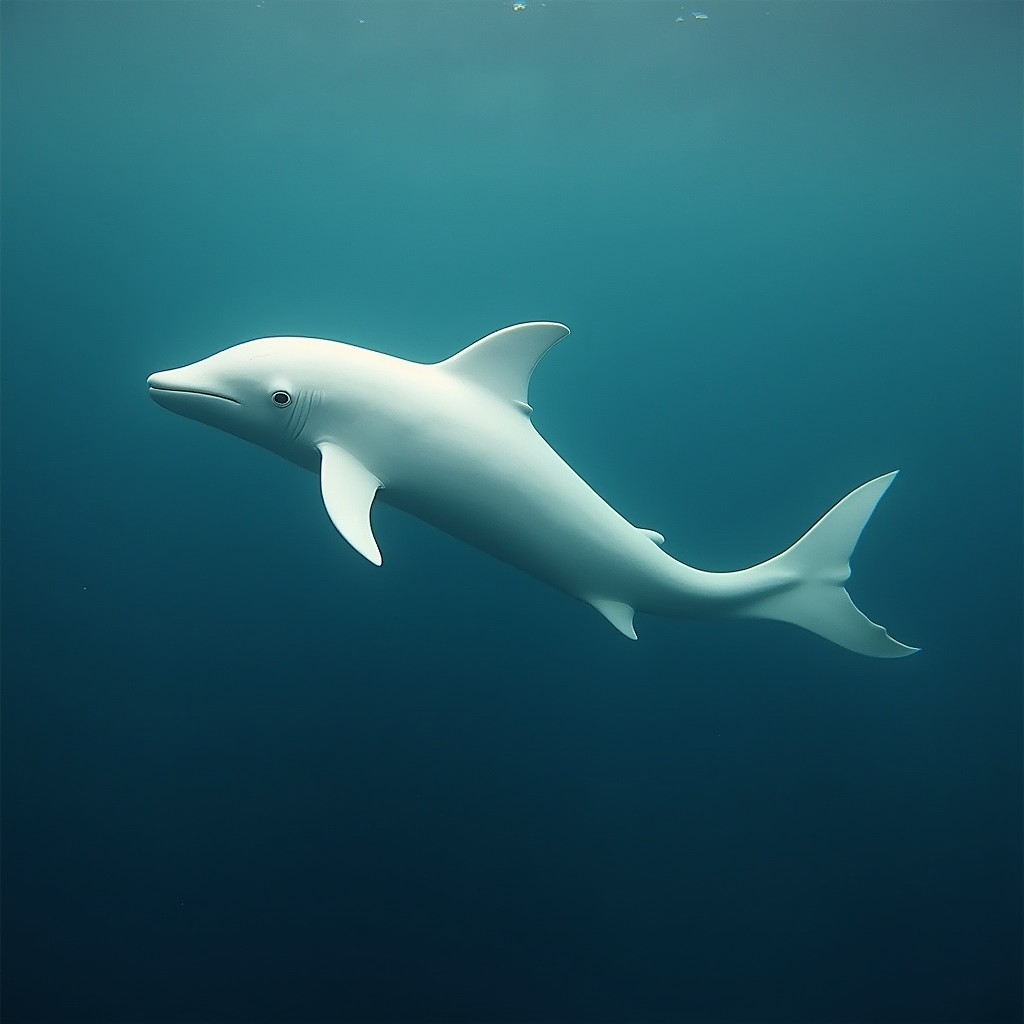
The Vaquita is the most endangered marine mammal on the planet. Native to the northern part of the Gulf of California, this small porpoise is critically endangered due to entanglement in fishing nets. With fewer than 10 individuals remaining, the Vaquita’s population continues to decline, making its survival uncertain.
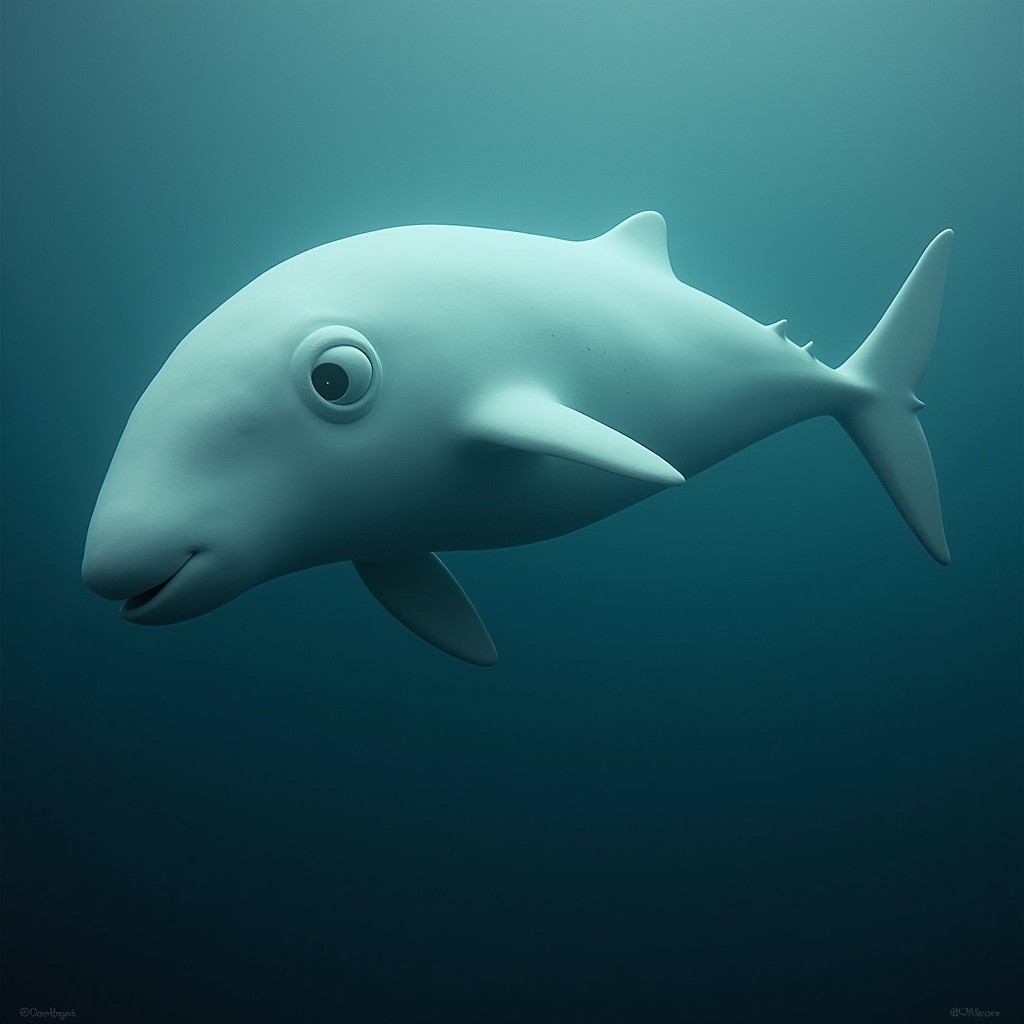
2. Amur Leopard

Known for its elusive nature and breathtaking beauty, the Amur leopard is found in the temperate forests of the Russian Far East and northeast China. This rare big cat is one of the most endangered large cats in the world, with only around 100 individuals left in the wild. Habitat loss and poaching are the main threats to its survival.

3. Javan Rhino
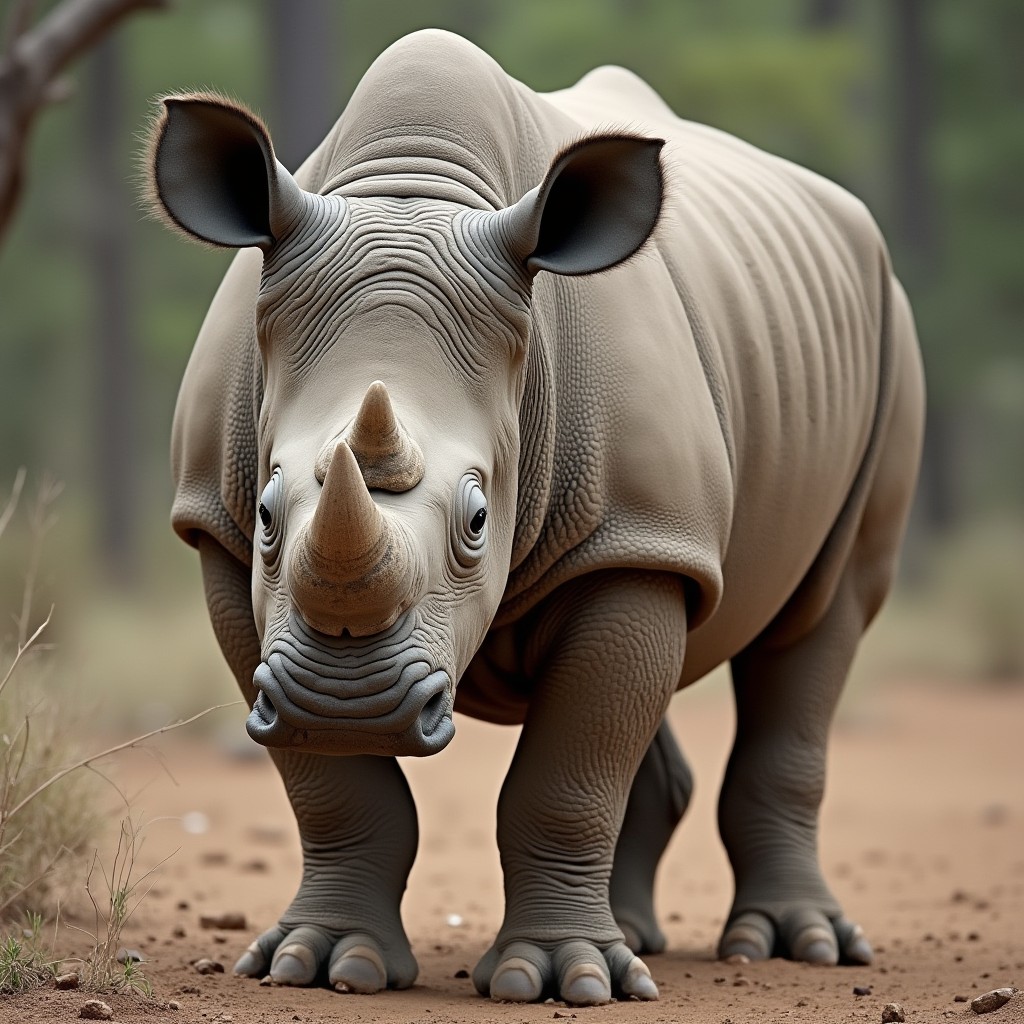
Once widespread across Southeast Asia, the Javan rhinoceros now only exists in a small section of Ujung Kulon National Park in Indonesia. This species is critically endangered, with an estimated 75 individuals remaining. The Javan rhino is threatened by habitat destruction and human activities, but conservation efforts continue to be a priority.

4. Kakapo
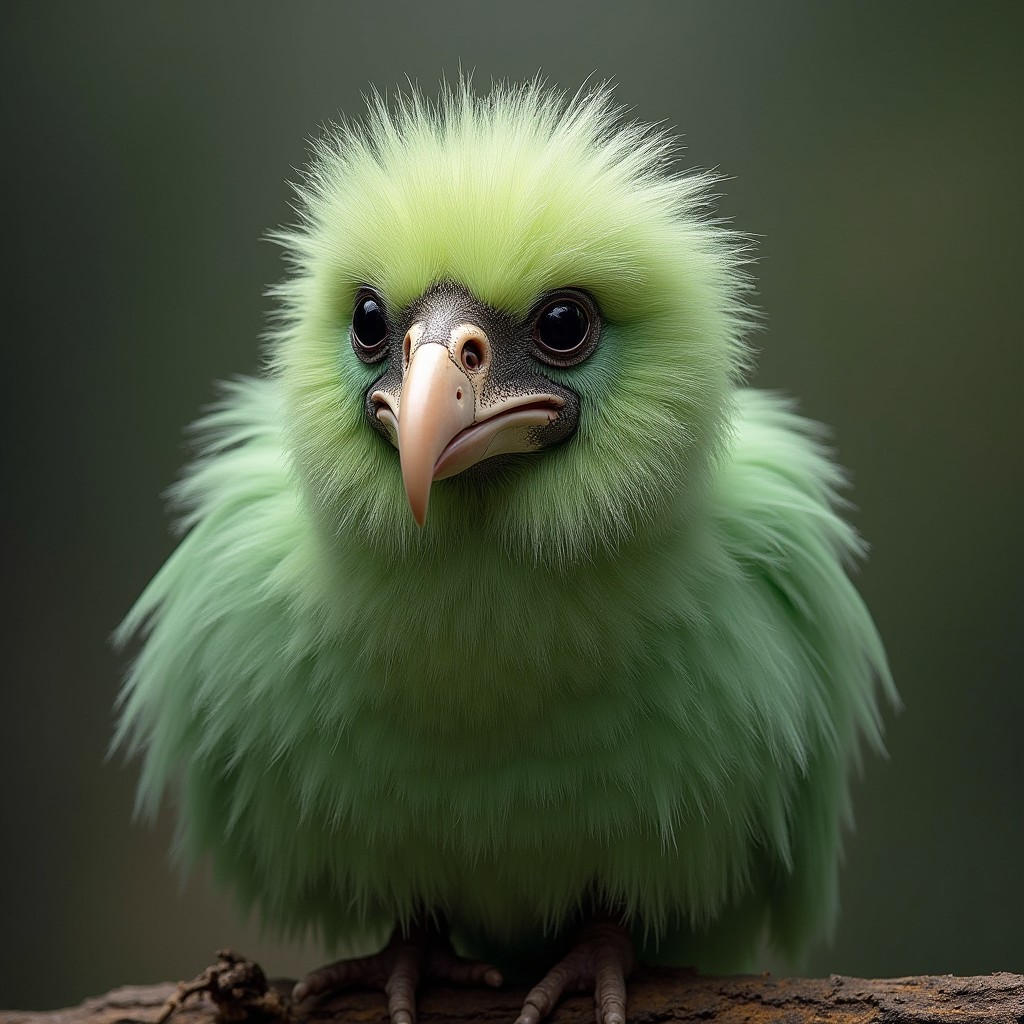
The Kakapo, also known as the owl parrot, is a flightless nocturnal bird native to New Zealand. With a population of fewer than 250, it is considered one of the rarest birds in the world. The species faces threats from introduced predators like rats and stoats, but intensive conservation programs have helped its numbers increase slightly.
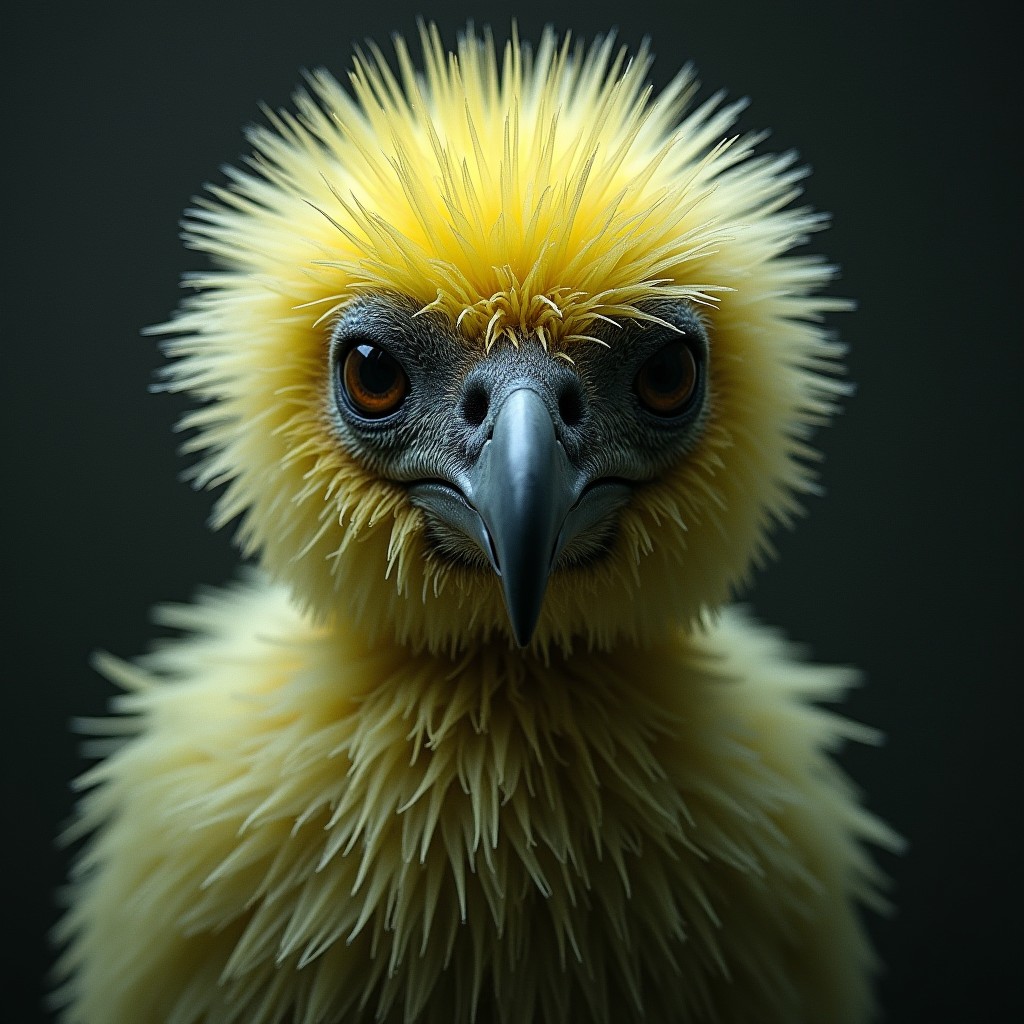
5. Yangtze Giant Softshell Turtle
Once considered a species on the brink of extinction, the Yangtze giant softshell turtle is critically endangered with only a handful of known individuals remaining. Native to China, this unique turtle has been severely impacted by habitat loss and pollution. Efforts are being made to breed them in captivity to save the species from disappearing completely.
6. Saola
Often called the “Asian unicorn,” the Saola is one of the rarest animals in the world. Discovered only in 1992, this horned mammal is found in the dense forests of Vietnam and Laos. Saolas are extremely elusive and are rarely seen in the wild, making their exact population uncertain. Habitat loss and poaching for their horns remain a significant threat.
7. Black-footed Ferret
Once considered extinct, the black-footed ferret is a small carnivore native to North America. The species faced severe population declines due to habitat loss and disease, but conservation efforts in the 1990s led to successful reintroductions into the wild. However, their population is still low, and they remain a conservation priority.
8. Axolotl
The axolotl, also known as the Mexican walking fish, is a rare amphibian native to lakes near Mexico City. Despite being a popular pet due to its regenerative abilities, the axolotl’s wild population has dwindled due to habitat loss and water pollution. There are now only a few remaining in the wild, making conservation efforts critical.
9. Okapi
The okapi, often referred to as the “forest giraffe,” is a unique species found only in the dense rainforests of the Democratic Republic of Congo. With fewer than 10,000 individuals left, the okapi is considered vulnerable. Habitat loss and poaching for bushmeat continue to pose significant threats to its survival.
10. Sumatra Tiger
Native to the Indonesian island of Sumatra, the Sumatra tiger is one of the most critically endangered big cats in the world. With fewer than 400 individuals left, this tiger subspecies is under constant threat from poaching and habitat destruction caused by illegal logging and palm oil plantations.
Conclusion
The rarest animals on Earth are a testament to the delicate balance of ecosystems and the profound impact human activity can have on biodiversity. Efforts to conserve these species must continue to grow if we hope to prevent their extinction. Protecting these rare creatures is not just about saving a species but preserving the intricate web of life on our planet.
By focusing on conservation and reducing our environmental footprint, we can give these rare animals a fighting chance to thrive in the wild for generations to come.
